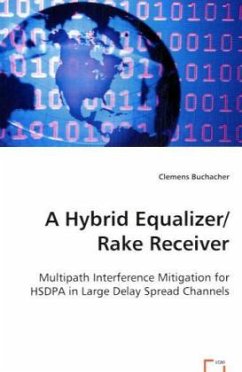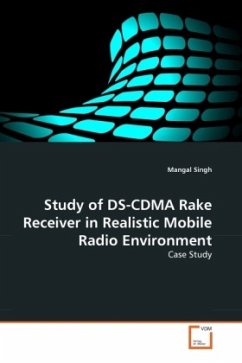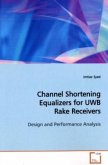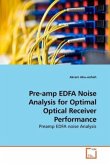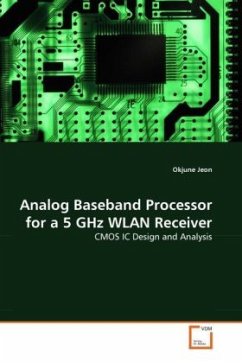The data rate in conventional wireless communications systems is limited by multipath-induced inter-symbol interference (ISI).Modern systems, such as UMTS, employ measures to counter theeffects of multipath propagation and fading. Two accepted methods are the Rake receiver and the LMMSE Equalizer. The Rake receiver is particularly effective for propagation scenarios with large delay spread. While its computational complexity is typically less demanding in comparison to an equalizer, it is prone to interference caused by closely spaced paths. An equalizer, however, can handle such scenarios perfectly well. In this work the strenghts and weaknesses of both techniques are compared. Subsequently, a hybrid equalizer/Rake receiver architecture and various approaches to combine the advantages of both receivers in a single system are presented. The performance of the respective algorithms is evaluated using bit-true simulation of a full-scale HSDPA baseband receiver developed at InfineonTechnologies AG.
Bitte wählen Sie Ihr Anliegen aus.
Rechnungen
Retourenschein anfordern
Bestellstatus
Storno

